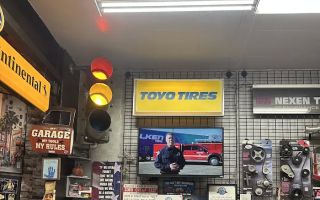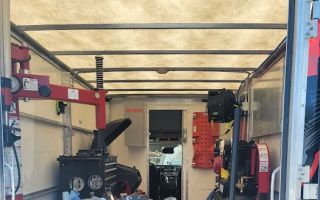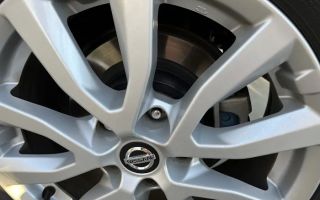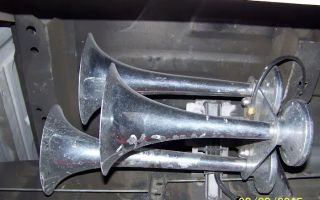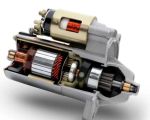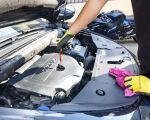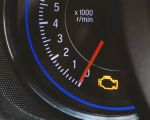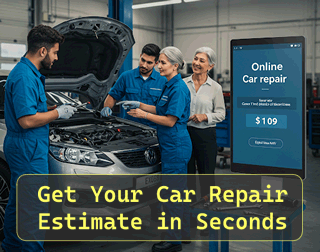- 1-Importance-of-Checking-Car-Oil-Pressure
- 2-Methods-to-Check-Car-Oil-Pressure
- 3-Step-by-Step-Guide-to-Check-Oil-Pressure
- 4-Common-Oil-Pressure-Issues-and-Solutions
- 5-Professional-Help-and-Resources
1. Importance of Checking Car Oil Pressure
Car oil pressure is a vital indicator of your engine’s health. Proper oil pressure ensures that engine components are lubricated effectively, preventing excessive wear and overheating. Low oil pressure can lead to severe engine damage, costly repairs, or even engine failure.
Monitoring oil pressure regularly helps detect potential problems early, allowing timely intervention and maintaining vehicle reliability. Whether you're a new driver or a seasoned mechanic, understanding how to check car oil pressure is essential for vehicle maintenance.
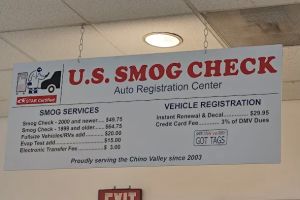
US Smog Check
14452 Pipeline Ave, Chino, CA 91710, USA
1.1 What Oil Pressure Indicates
Oil pressure measures the force at which oil circulates through the engine. It reflects the oil pump’s effectiveness and the engine’s internal condition. Abnormal readings often indicate leaks, blockages, or mechanical faults.
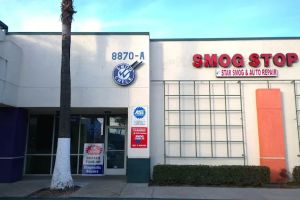
Smog Stop - Star Smog & Repair Center
8870 Archibald Ave a, Rancho Cucamonga, CA 91730, USA
1.2 Signs of Low Oil Pressure
Common symptoms include warning lights on the dashboard, engine noise, or overheating. Ignoring these signs can accelerate engine wear.
2. Methods to Check Car Oil Pressure
There are several ways to check your car’s oil pressure, from simple dashboard indicators to using specialized tools.
2.1 Using the Oil Pressure Gauge
Many vehicles have an oil pressure gauge on the dashboard that displays real-time pressure. Understanding its normal range is crucial for interpretation.
2.2 Manual Oil Pressure Tester
For precise measurement, mechanics use manual testers connected to the engine’s oil gallery. This method provides accurate pressure readings and helps diagnose issues.
2.3 Monitoring Oil Pressure Warning Lights
If your vehicle has no gauge, an oil pressure warning light alerts you when pressure falls below safe levels.
3. Step-by-Step Guide to Check Oil Pressure
Follow these steps to check your car’s oil pressure safely and effectively:
3.1 Prepare Your Vehicle
Park on a level surface, turn off the engine, and allow it to cool for a few minutes. Gather necessary tools such as a manual oil pressure tester if available.
3.2 Locate the Oil Pressure Port
Refer to your vehicle’s manual to find the oil pressure sending unit or port where the tester will connect.
3.3 Connect the Tester
Remove the sending unit carefully and attach the oil pressure tester according to instructions.
3.4 Start the Engine and Read the Pressure
Start the engine and observe the tester’s gauge. Compare the reading with your vehicle’s specified oil pressure range, typically found in the manual.
3.5 Disconnect and Reassemble
Turn off the engine, disconnect the tester, and reinstall the sending unit securely. Check for leaks after reassembly.
4. Common Oil Pressure Issues and Solutions
Understanding typical problems can help you respond quickly to oil pressure concerns.
4.1 Low Oil Level
Insufficient oil reduces pressure. Regularly check and top up oil as needed.
4.2 Faulty Oil Pump
A worn or damaged pump fails to maintain pressure, requiring professional replacement.
4.3 Clogged Oil Filter
Filters clogged with debris restrict oil flow, lowering pressure. Replace filters regularly.
4.4 Sensor or Gauge Malfunctions
Sometimes, faulty sensors or gauges give false readings. Testing with a manual device can confirm actual pressure.
5. Professional Help and Resources
If you encounter persistent oil pressure problems or are unsure about the procedure, consulting professionals is crucial. Rescue & Towing offers expert diagnostics, repairs, and emergency services to keep your vehicle safe on the road.
Alongside professional assistance, investing in quality tools and learning basic maintenance can empower you to monitor your car’s health confidently.



